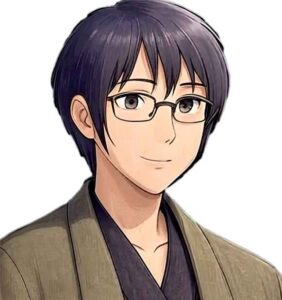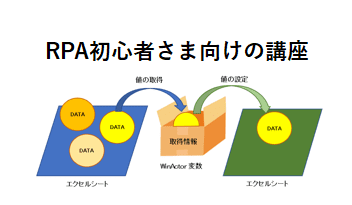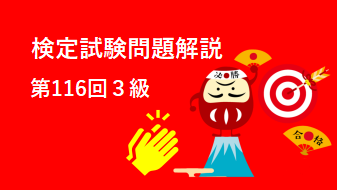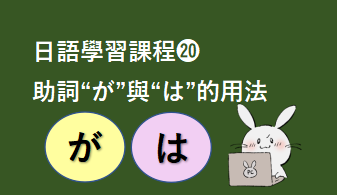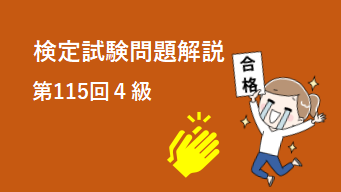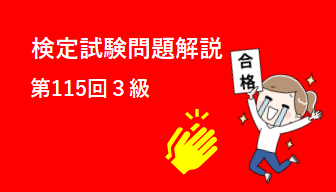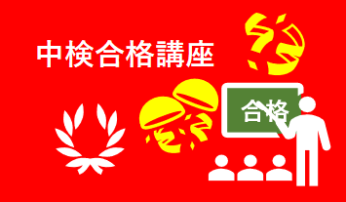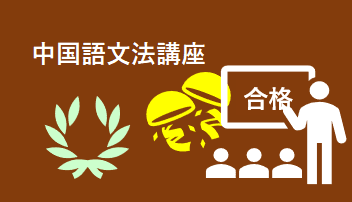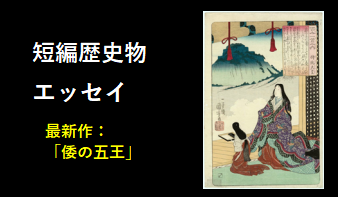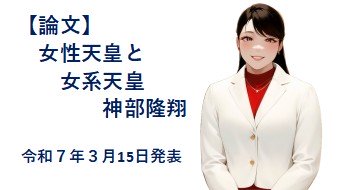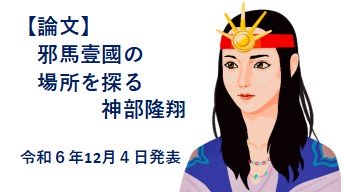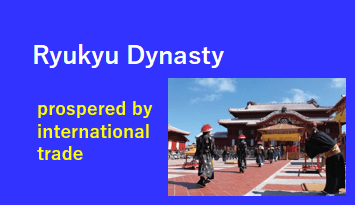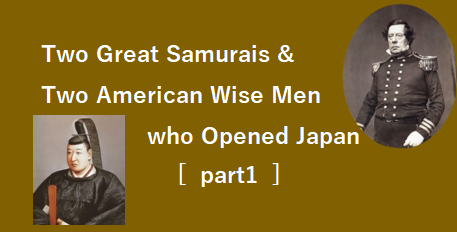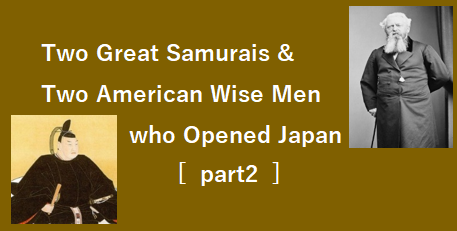Click here for Japanese version
1. Inscription of the Bell of Bankoku-Shinryo
Bankoku-Shinryo Bell

Source: Okinawa Prefectural Museum and Art Museum
"Bankoku-Shinryo Bell'' was cast in 1458 by King Sho Taikyu, the 6th king of the first Sho dynasty, known as the Ryukyu Kingdom, and hung in Shuri Castle's Main Hall.
It is currently on display in the permanent exhibition hall of the Okinawa Prefectural Museum and Art Museum, where you can see the actual product. You can also enjoy pre-recorded bell sounds at regular intervals.
Famous Inscription
This bell is famous for an inscription that is said to have been written by Keiin Buddhist monk of Shokoku temple at the time. The inscription engraved on the bell is quite long, but the opening description describes how the Ryukyu dynasty at that time achieved great prosperity in international trade.
The name of Bankoku-Shinryo Bell comes from the inscription. It means to become a bridge to the world through maritime transportation. In Okinawa, it has been handed down from ancient times as the “Spirit of Bankoku-Shinryo”.
The first part of the inscription on the Bell is particularly famous as it is known to indicate the Ryukyu dynasty at the time when it was extremely prosperous in international trade. The original text of the opening inscription is as follows:
琉球國者南海勝地而 鍾三韓之秀以大明為
輔車以日域為唇齒在 此二中間湧出之蓬萊
嶋也以舟楫為万國之 津梁異産至宝充滿十方刹
(Omitted below)
琉球國者南海勝地:In modern language, it says, "Ryukyu is a resort area on the South Seas." However, considering that the inscription mentions international trade, it is easier to understand the meaning of the inscription if it is interpreted as "Ryukyu is in a perfect location in the South Sea."
而鍾三韓之秀:"三韓" refers to the southern regions of the Korean Peninsula. In the middle of the third century, the southern part of the ancient Korean peninsula consisted of three kingdoms, "Mahan","Jinhan" and "Beonjin". After that, "Mahan" changed to "Baekje", "Jinhan" to "Silla", and "Beonjin" to "Mimana", so the names of these countries may be more familiar. "鍾" refers to the action of bringing together abstract things in one place, such as "人々の同情を一身に鍾める(getting people's sympathy)." In other words, it indicates that "collecting the best of Korea".
以大明為輔車以日域為唇齒:"大明" refers to Ming Dynasty, and "日域" refers to Japan. Also, did you know that there is a four-letter idiom written in kanji called "唇齒輔車"? It is a word that expresses a very close relationship of interest. It states that the Ryukyu Kingdom has a very close relationship with Ming Dynasty and Japan. In addition, "輔車" refer to the cheekbones and gums, and "唇齒" refers to the lips and teeth, so it is said that they are inextricably linked as two sides of the same coin.
在此二中間湧出之蓬萊嶋也:"蓬萊嶋(Horai Island)" is an ancient Chinese parables that refers to a mythical land in the eastern sea where hermits reside.
以舟楫為万國之津梁:It means to become a “bridge of the world” through maritime transportation.
異産至宝充滿十方刹:The term "異産至宝" means a foreign product, an extremely precious treasure. As "十方刹'' is a Buddhist term referring to the whole world, here it shows how the whole country is filled with them. In addition, there are expressions such as four directions and eight directions in terms of direction. If you plus "up direction" and "down direction" to eight directions, you get "十方(ten directions)".
2. Beginning of the Tribute Trade
Satto and Taiki
The beginning of active trade indicated by the inscription of the Bankoku-Shinryo Bell dates back to the beginning of the 'tribute trade' with Ming Dynasty. In 1372 (650 years ago), "Satto", who was the king of Central Kingdom in Ryukyu at that time, responded to the invitation of Hongwu, the first great Emperor of Ming Dynasty. Satto sent his younger brother "Taiki” to Ming and started tribute trade.
The Sho Dynasty, now widely known as the Ryukyu Dynasty, started in 1406, so the tribute trade was started more than 30 years before that.
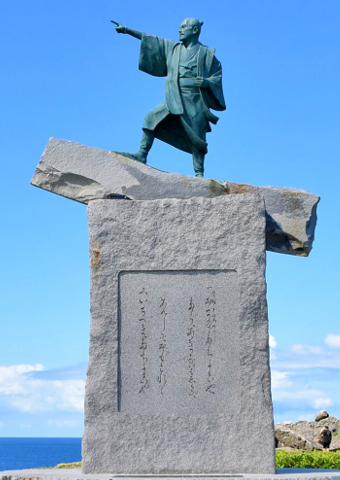
Satto was born in 1320 to a poor farming family in Urasoe. At Makiminato, he purchased iron ingots that were being handled by Japanese merchant ships, had them make iron farming equipment, and by popularizing these, won his attention and distinguished himself.
A big turning point in his life was his marriage to Katsuren Aji's daughter. Aji was an influential local ruling family at that time. Through this marriage, Satto gained a great deal of support, and later served as Urasoe Aji.
At that time, the Central Kingdom in Ryukyu was ruled by the 5th king of the Eiso dynasty, Seii. As the predecessor, the 4th King of Tamagusuku, did not care about national affairs and pursued a relaxed government, powers disobeying Central Kingdom appeared in the north and south of Ryukyu, leading to three kingdoms period.
Sea Ban Policy by Ming Dynasty
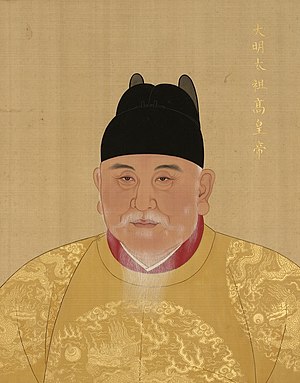
Source: The free encyclopedia
"Wikipedia"
At that time, a pirate group called "Wako" was expanding its power at will, mainly in the East China Sea. Originally, Wako, as indicated by 'Wa', is a word that refers to Japanese pirates. In reality, however, the Japanese pirates was about one-sixth to one-seventh of the total, and it is said that the majority of the pirates were Chinese.
Although the Ming Dynasty overthrew the Yuan Dynasty and drove out the Mongol forces, there were many other ethnic groups in northern China that threatened the area around the border, and they were busy dealing with them. As a result, the sea ban policy is put forward because it is not possible to control the sea. As a result, general trade was completely prohibited, and only "tribute trade" approved by the emperor was permitted.
The Ming Dynasty invited its neighboring countries to participate in tribute trade, and the King of the Ryukyu Satto accepted this, and trade between the Ming Dynasty and the Central Kingdom of the Ryukyu began.
3. Mechanism of the Tribute Trade
Tribute System
In order to understand the tribute trade, it is essential to have knowledge of the Chinese tribute system.
The Chinese tribute system "冊封" was that a Chinese emperor bestows titles such as king or marquis to his family, meritorious retainers, or the lords of neighboring countries, and makes them a feudal state. It was originally meant to indicate political relations within China, but as the times progressed, it came to be a system in which the monarchs of neighboring countries were given titles and recognized as feudal lords. "冊" in "冊封" refers to the appointment book that is given along with the gold seal. On the other hand, "封" means to make a feudal state.
The monarchs of the surrounding countries that were sealed are required to bear the duty of contract to the Chinese emperor. One of the job contracts is a regular "tribute". A tribute is when a messenger from a feudal lord or foreign country visits the court and presents a tribute to the imperial court. Therefore, the tribute trade started by the Ming Dynasty was the international trade based on the premise that the Ming emperor will allow the monarchs of neighboring countries to trade with the monarchs if they accept the tribute.
Satto, who was the king of Central Kingdom in the Ryukyu, responded to the invitation of Emperor Hongwu, the founder of the Ming dynasty, and dispatched Taiki as a representative of the king was taken.
It was such a mechanism based on the idea that the foremost is to give tribute to the imperial court ,but on that occasion they would get various trade goods, and on the way back, they could bring various Chinese products along with the gifts.
Shuri Castle Festival
By the way, in the Ryukyu Kingdom, a envoy's delegation on the tribute system was invited from the Ming Dynasty, and a ceremony to appoint the king was also held. This was done for the purpose of smooth maintenance and operation of the tribute trade and the authorization of the king.
It is said that there were as many as 500 members of the Confederation Mission. Currently, due to the covid-19 disaster, festivals that reproduce these ceremonies are not held, but if you look at the materials such as the "Shuri Castle Festival" in the Naha City Tourism Resource Database, you can get a taste of the atmosphere of those days.

Source: Naha City Tourism Resource Database

Source: Naha City Tourism Resource Database
History of Chinese Tribute System in Japan
By the way, if we take a look at the history of the Chinese tribute system in Japan, in the 3rd century, Himiko, the queen of Yamatai, was sealed by the Wei dynasty as a "pro-Wei king of Wa," and incorporated into the system with receiving a gold seal.
In addition, in the 15th century in the Middle Ages, Ashikaga Yoshimitsu, who had been the 3rd Shogun of the Muromachi Shogunate, was granted the title of King of Japan by Emperor Leyue of the Ming Dynasty. The Japan-Ming trade, which started when Yoshimitsu received the tribute, was later called ”tally trade” and developed greatly, exerting a great influence on the international trade system of the Ryukyu dynasty.
At that time, it is said that Yoshimitsu's receipt of a tribute from the Chinese emperor was criticized not only by court nobles and monks of the imperial court, but also by samurai retainers. Japan has an imperial court centered on the emperor, so it is only natural that there will be critical opinions. On the other hand, it is also true that trade brought enormous profits. This may be one of the most interesting historical facts.
4. The Era when the Bell of Bankoku-Shinryo was minted
Beginning of the Ryukyu Kingdom
In 1372, when Satto and Taiki started the tribute trade, Sho Hashi was born in a place called Sashiki (now Sashiki, Nanjo City) in the southern part of the main island of Okinawa. It was the birth of a historical hero who later founded the Ryukyu dynasty. His father is Sho Shisho, who would later become King of Central Kingdom due to the success of his son. At that time, he was Sashiki Aji of Southern Kingdom.
At the age of 21, Sho Hashi succeeded his father and became Sashiki Aji. He moved the capital to a village and made his father ascend to the throne. Ten years later, he overthrew Northern Kingdom and conquered northern part of Ryukyu.
In 1421, his father, Sho Shisho, died, and the following year he ascended to the throne. Then, in 1429, Southern Kingdom was defeated, and the unified dynasty of the first Sho dynasty, the Ryukyu dynasty, was established.
What is Omonogusuku?
The 6th King Sho Taikyu, who ordered the casting of the Bankoku-Shinryo Bell, was born in 1415 as the youngest son of Sho Hashi. Originally, he was far from succeeding to the throne, but a civil war over the throne occurred within his family, and all the parties concerned died, and he became the sixth king.
In 1441, when he was still a prince, he found Kanamaru in Shuri, who was originally a farmer on Izena Island, located north of the main island of Okinawa, and had moved from place to place, and made him his vassal. He later became King Sho En (the first king of the second Sho dynasty). Kanamaru was born as a farmer, but he was endowed with talent from a young age.
In 1454, Sho Taikyu was appointed as the sixth king. Kanamaru was well-served by the king, and was highly trusted by the king. Five years after the king took office, he was appointed to the important position of "Omonogusuku/Osasu no Soba." He was in charge of everything from administration to trade, and was promoted to the position of being an intermediary to the king. All matters to the King had to be referred to the intermediator, so we can see that he had great authority.
Now, the "Omonogusuku" is a castle with a wall built on the strait of the Kokuba River, which flows into Naha Port, as a warehouse for storing trade goods with China and other countries. It was not just a storage warehouse, but by building a magnificent walled castle in Naha Port, it became a landmark for trading ships entering the port, and it was also a manifestation of the Ryukyu dynasty's attitude of emphasizing authority and trade.
Furthermore, as the fact that the job titles given to the close aides who served the king included the name "Omonogusuku," it is clear how important international trade was to the Ryukyu Kingdom.
Today, the ruins of Omonogusuku Castle Ruins can be seen from the Naha Port ferry terminal and the Meiji Bridge that spans the downstream of the Kokuba River. However, since the area around the castle ruins is a US military facility, it is not possible to go near it, and there are no castle walls left.
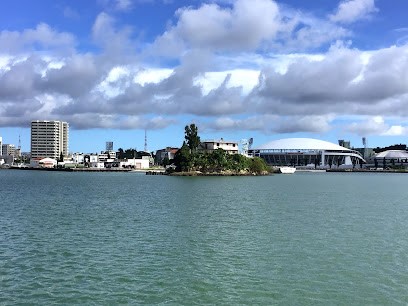
Development of Naha Port
By the way, in the era of Central Kingdom when the tribute trade began, the king was based in Urasoe, so the ports where trade was carried out were Makiminato and Urasoe Port,' which were close to Urasoe Castle. However, after Sho Hashi moved the capital to Shuri, the main port also moved to "Naha Port".
The Bankoku-Shinryo bell was minted the year before Kanamaru assumed the post of Omonogusuku/Osasu no Soba. Full-fledged international trade, which began with Satto and Taiki, reached its climax during the reigns of Sho Taikyu and Kanamaru, as indicated by the inscription engraved on the bell.
5. Background of Rapid Development of Intermediary Trade
Mechanism of Ryukyu's Intermediary Trade
I would like to explain in detail what kind of trade was conducted in Ryukyu at that time.
At that time, there were no products that could be exported from Ryukyu to Ming, other than items such as Ryukyu horses and sulfur.
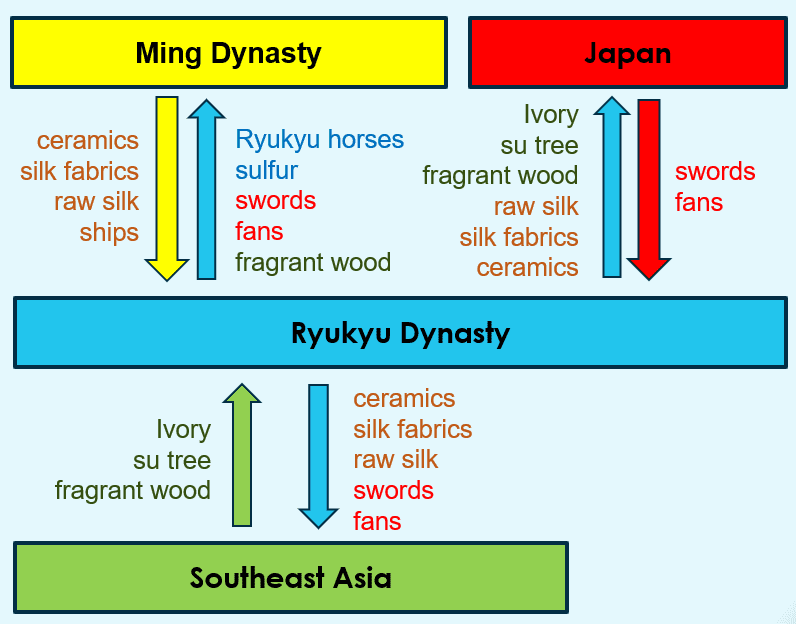
However, Ryukyu also actively traded with Japan and Southeast Asian countries, so swords and fans were imported from Japan, and ivory, Su tree (one of the herbal medicines used in Chinese medicine), fragrant wood, etc. were imported from Southeast Asia. Swords and fans made in Japan, fragrant wood from Southeast Asia, etc. were also exported to Ming Dynasty via Ryukyu.
On the other hand, imports from Ming Dynasty include ceramics, silk fabrics, raw silk, and ships used for trade. Excellent ceramics, silk fabrics, and raw silk from mainland China were in high demand in Japan and Southeast Asia, and were exported to these countries via Ryukyu. At that time, Ryukyu did not yet have the technology to build ships that could be used in trade with Ming, so it was dealt with by importing from Ming.
As described above, the international trade that was extremely prosperous during the Ryukyu dynasty was "intermediary trade" centered on Ryukyu.
Background of Intermediary Trade Development
One of the reasons for the development of intermediary trade is that Ryukyu was geographically located at the middle point among Japan, Ming and Southeast Asian countries.
In addition, there was a major diplomatic factor. Since Yuan Dynasty invasion attempts against Japan, there is no formally conducted trade with mainland China and Japan, and they had to go through Ryukyu. In addition, the frequency of tribute stipulated by the Ming emperor was strictly stipulated for each country; Due to Ming's lenience in dealing with the Ryukyu Kingdom, it was exceptionally able to carry out more tribute trade than other countries.
The reason for this is that Ming needed a large amount of Ryukyu's products, horses and sulfur. Therefore, ships for trade were actively provided.
As mentioned above, there are many multi-ethnic forces threatening the border area in northern China, and in order to counter them, gunpowder and ammunition made from a large number of horses and sulfur used in battle were required. Therefore, Ming allowed Ryukyu to pay tribute frequently.

Source: World History of Maritime Trade
15th-16th Centuries: Tributes and Smuggling, the Ryukyu World Trade routes of the Ryukyu Kingdom from the end of the 14th century to the middle of the 16th century
(Source: Ryukyu Kingdom in Asia by Kurayoshi Takara, p.64, Kikkawa Kobunkan 1998, drawing by Kurayoshi Takara)
Background of the Ming Dynasty's Frequent Trade with Ryukyu
As an aside, in 1449, the 6th Zheng Tong Emperor of Ming Dynasty took comand himself and led his army due to quash a revolt of Oirad, a foreign Mongol tribe, and battelled at Tumu (now near Huai Lai, Hebei Province in China). However, the Ming army was annihilated by the Oirad army's fierce attack, and an unprecedented event occurred in which the emperor was taken prisoner and taken away to the north (called the "Tumu Crisis").
In a panic, the Ming Dynasty gives up on the position of Legitimate Emperor and enthrones his younger brother as the 7th emperor. After returning, the legitimate emperor assumed the throne again as the eighth emperor Tian Shun.
This example clearly shows how difficult it was for the Ming Dynasty at that time to confront the forces of other ethnic groups that threatened the area around the border in northern China.
6. Conclusion
The king Satto of the central Ryukyu Kingdom and his younger brother Taiki started tribute trade with the Ming Dynasty with a bold sense of challenge, saying, "Now, let's go to the dream continent that will bring fruit." As the inscription engraved on the "Bankoku-Shinryo bell" shows, it reached its peak during the reign of King Sho Taikyu, the sixth head of the first Sho dynasty, and Kamamaru.
The Ryukyu Kingdom had become a "bridge of the world" through maritime transport, just as it is written, "With the help of boats, it will become the backbone of the world."
The background to the development of trade was not only the favorable geographical conditions of the Ryukyu Kingdom, but also policy factors by Ming Dynasty, such as the "sea ban policy", the "tribute system", and the "frequency of tribute."
Regarding this great prosperity, I don't think it's the right way of thinking to simply say, "They were lucky to be blessed with external factors."
Beginning with Satto and Taiki, and moving on to Sho Taikyu and Kanamaru, not only these great men in history, but also the spirit and ingenuity of many people who were involved in international trade at that time, and the international situation. I think that it should be evaluated as the result of information gathering and appropriate analysis and judgment on the issue.
In history, even if you simply look up the events of the past in order, you will never run out of interest. It is an opportunity for us to learn what we should do for the future.
Finally, this paper focuses on the spirit of challenge and ingenuity of people involved in trade, and how indispensable it is to collect information, appropriately analyze and make judgments about international affairs, and to set the underlying theme as I put it up and explained. Looking toward the future, I hope that promising young people with the "Spirit of Bankoku-Shinryo" in their hearts will spread their wings around the world.
Thank you very much for reading to the end!
